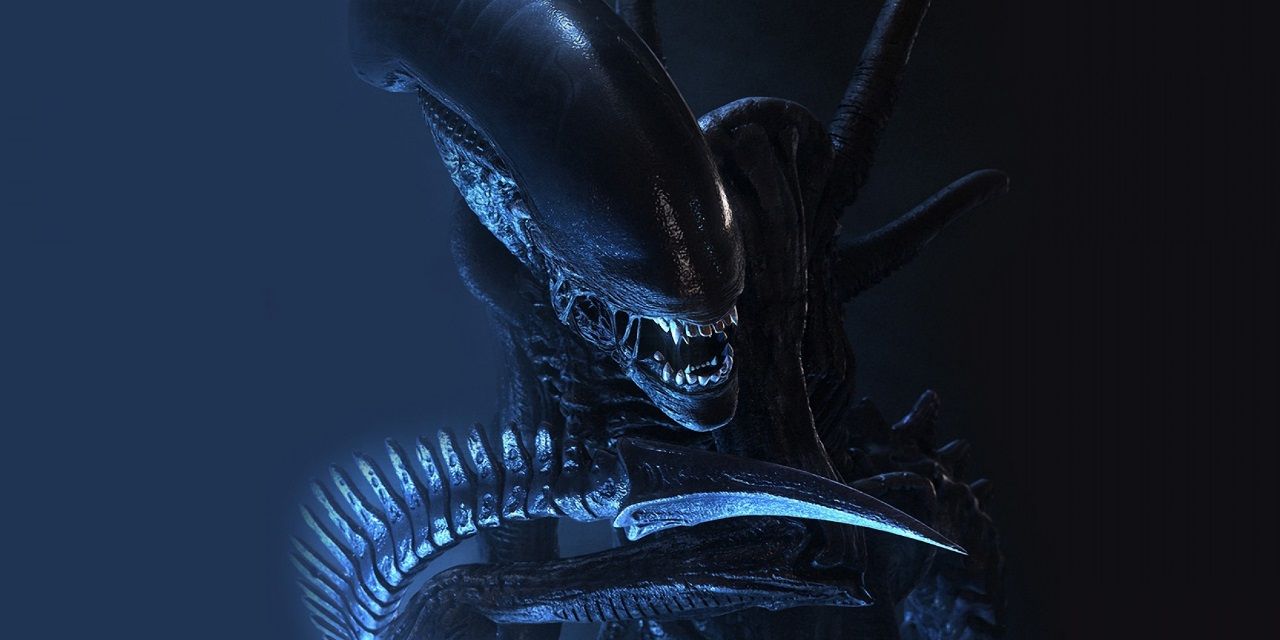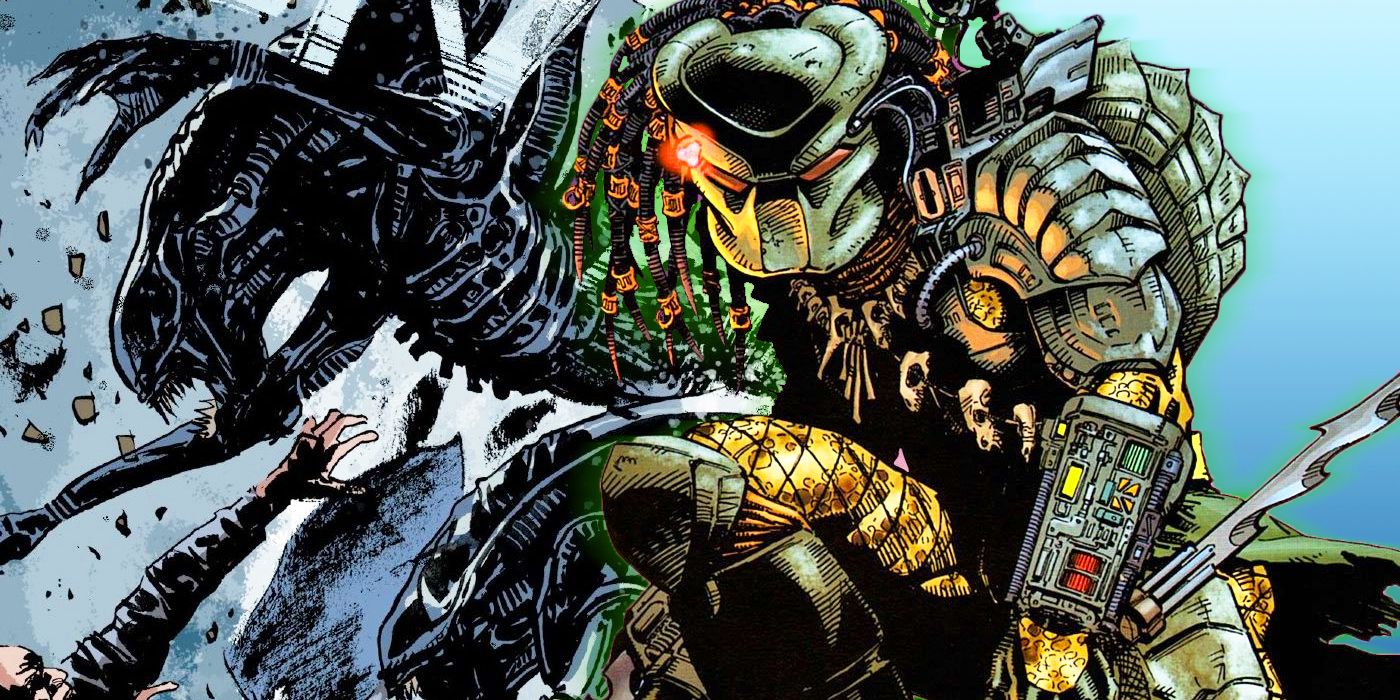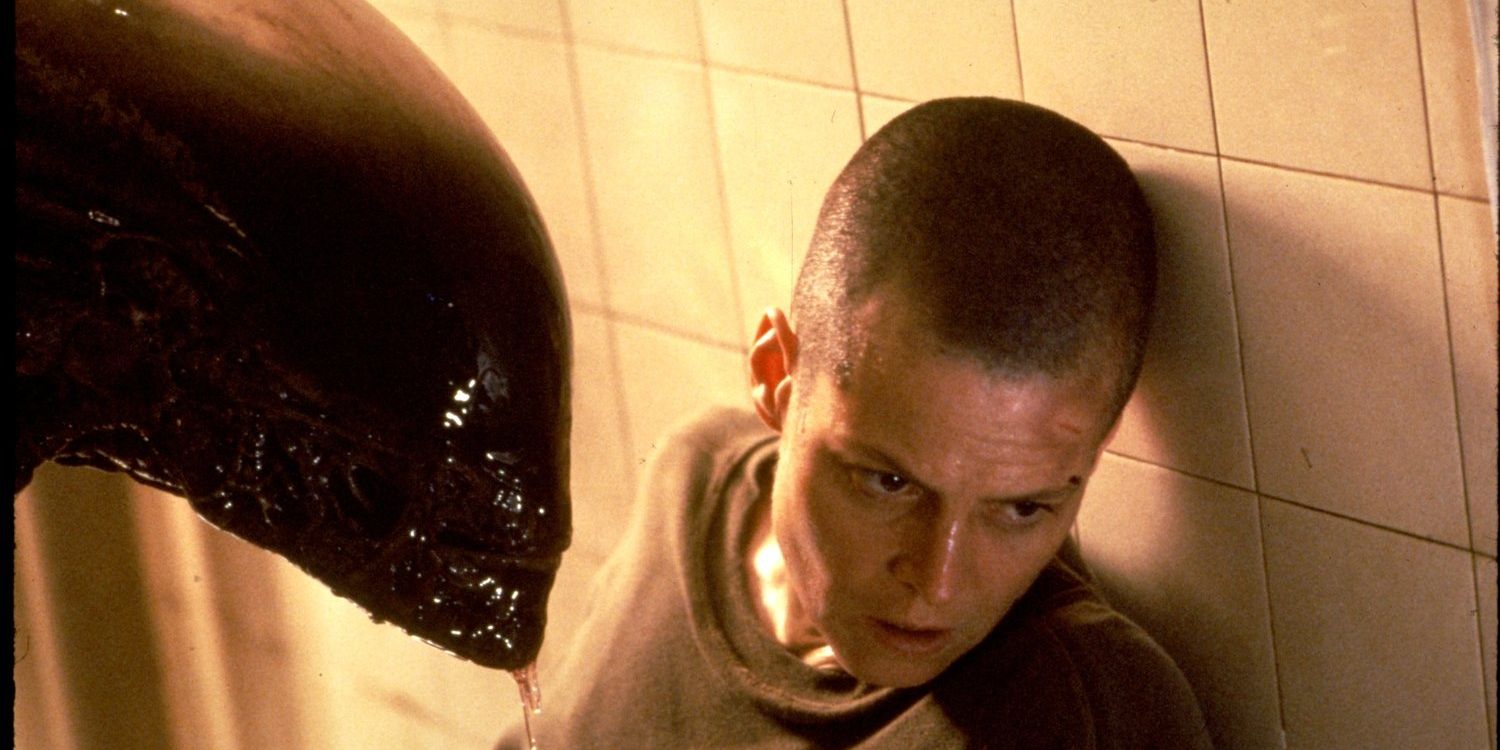WARNING: The following contains spoilers for Alien #1, by Phillip Kennedy Johnson, Salvador Larroca, Guru-eFX and VC's Clayton Cowles, on sale now.
As expected, Marvel's new interpretation of Alien has altered the already complex timeline of the classic franchise. The Aliens comics published by Dark Horse started production in 1988, before the release of Alien 3, and thus crafted their own unique continuity, sprawling off the events of the first two films. Prometheus and Alien: Covenant, on the other hand, contradicted the Alien vs. Predator films that came before it.
Marvel's new continuity will naturally need to make changes in order to fit into the already contradictory continuity of the franchise. With Marvel publishing both Alien and Predator comics and Disney prepping up a new FX Aliens series, quite a few changes are being made to the comic book continuity.
The Concrete Past of Marvel's Alien
On the main title page of Alien #1, the core canon as it currently exists is laid out. In the year 2122, the events of the original Alien takes place. In 2179 -- 57 years later -- the events of Aliens takes place. The comic takes place in the year 2200. There is no mention of any other film in the prologue, which, for hardcore Alien fans, leaves a lot of loopholes.
Looking exclusively at the films as they currently exist, there are a few dates missing. In the prior timeline, Prometheus took place in 2093 and Alien: Covenant took place in 2104. Both are prequel stories that establish the origins of the Xenomorph, as well as humanity's first encounters with the Engineers -- the legendary Space Jockey first seen in the original Alien. No mention is made of them throughout the comic.
There is also no mention of the previously canon game Alien: Isolation, which takes place in 2137, between Alien and Aliens. The game, however, might still be canon if any mention of Ellen Ripley's daughter, Amanda, comes up in the new Marvel continuity.
Why Might The Past Be Unwritten?
Despite only evolving roughly eighteen years prior to the original film, the Xenomorphs' origins and history are never explored in the first issue. This does not mean that Prometheus and Alien: Covenant are retconned or will be ignored. Rather, it just means that, as of this comic, they have yet to be mentioned. However, this also leads to another possibility.
The Alien timeline has multiple pasts. The Prometheus timeline directly contradicts the Alien vs. Predator timeline, indicating that, without confirmation, it's possible that the previously non-canon AVP stories, which indicated that the Xenomorphs had a history spanning thousands of years before the original Alien film, might be closer to modern canon.
It's also possible that this open gap in the timeline exists so that FX's Aliens series can craft a new history of the Xenomorphs without being contradicted by another component to the continuity. The series is said to take place in the not-too-distant future, indicating that the show might contradict the timeline set up by Prometheus.
The Post-Aliens Timeline
It's the events following Aliens that get tricky. By 2200, we see that Weyland-Yutani has begun to clone new Xenomorphs on Epsilon Station -- a satellite orbiting Earth. We also know that the Bishop seen in Aliens was salvaged in some form, based on conversations between a new Bishop and Gabriel Cruz. We know that Gabriel Cruz was a Colonial Marine who encountered Xenomorphs and survived, despite overwhelming odds.
If this is how Weyland-Yutani retrieved Xenomorph biomatter for their Epsilon Station experimentations, then this directly contradicts the events of Alien: Resurrection and may contradict Alien 3. Taking place in 2381, Alien: Resurrection indicated that the Xenomorph biomatter that Weyland-Yutani harvested for their genetic cloning experiments came from Ripley's remains and the remains of the Alien Queen growing inside of her. It took over two centuries to actually create a proper artificial Xenomorph. In Marvel's timeline, it took two decades, indicating they had more samples to work with than the scraps Ripley left them after she burned her body.
However, there is also no mention of Alien 3 in the timeline, which takes place in 2179. Alien 3's status is the vaguest in the entire continuity since the title page indicates that the second journey to LV-426 ended in tragedy. Now, this tragedy could refer to the end of Aliens, with the majority of Colonial Marines dead and the colony obliterated, but it could also be referring to the events of Alien 3, since they both take place in the same year and both center on the same mission to LV-426. Alien 3 could be the return trip.
It is possible that, in this continuity, Ripley, unlike in Alien: Resurrection, successfully obliterated all trace of the Xenomorphs when she burned herself away, forcing Weyland-Yutani to embark on another mission for Xenomorph biomatter, which ended successfully. Elements of Alien 3, especially the Bishop androids being based on Weyland-Yutani executive Michael Bishop, appear to be canon. Future comics will need to clarify Alien 3's place in the new timeline. However, it's safe to say that Alien: Resurrection is out of continuity.




